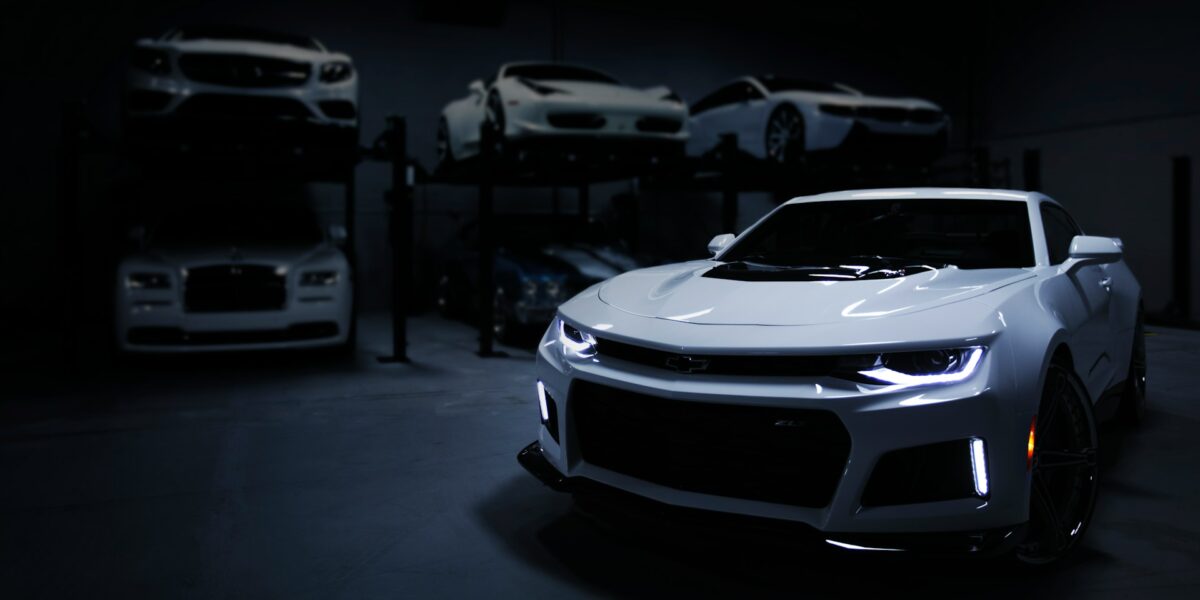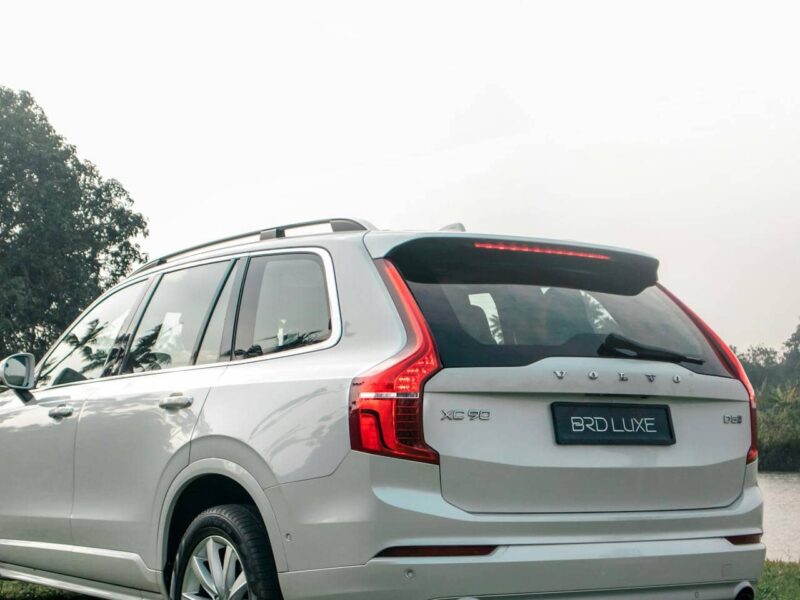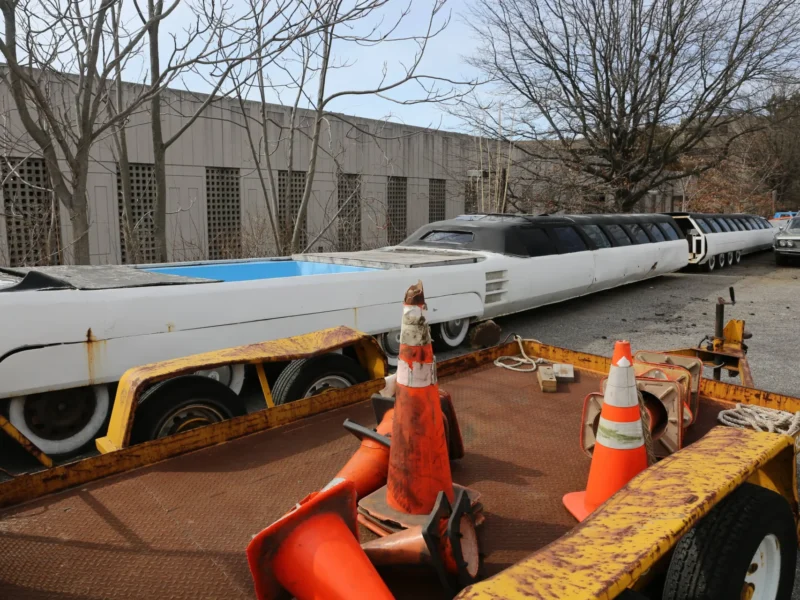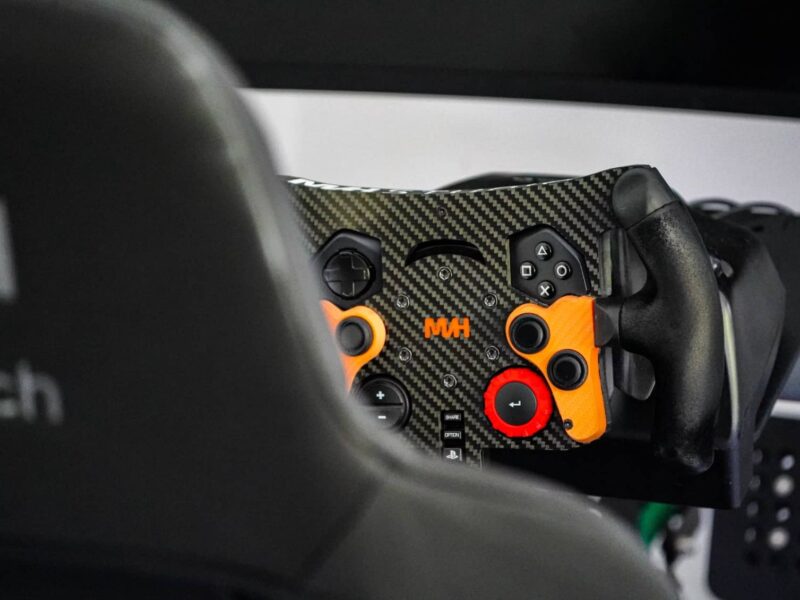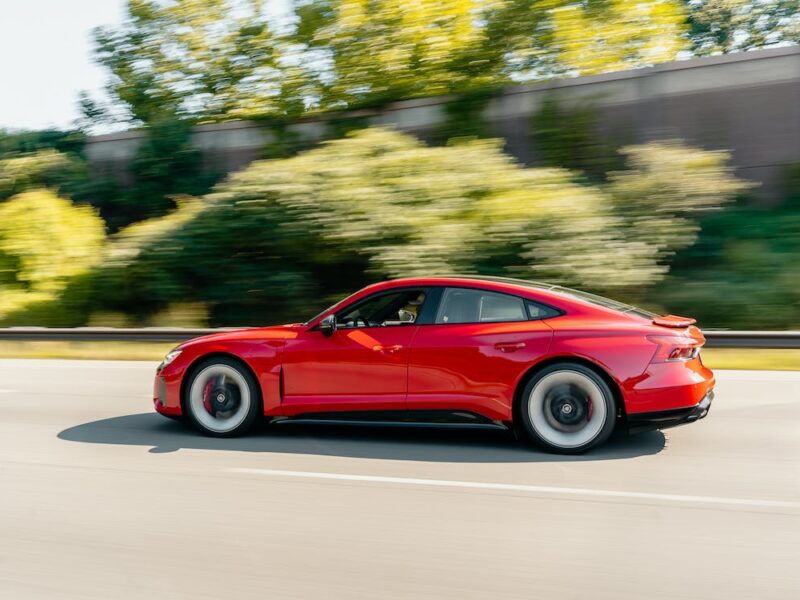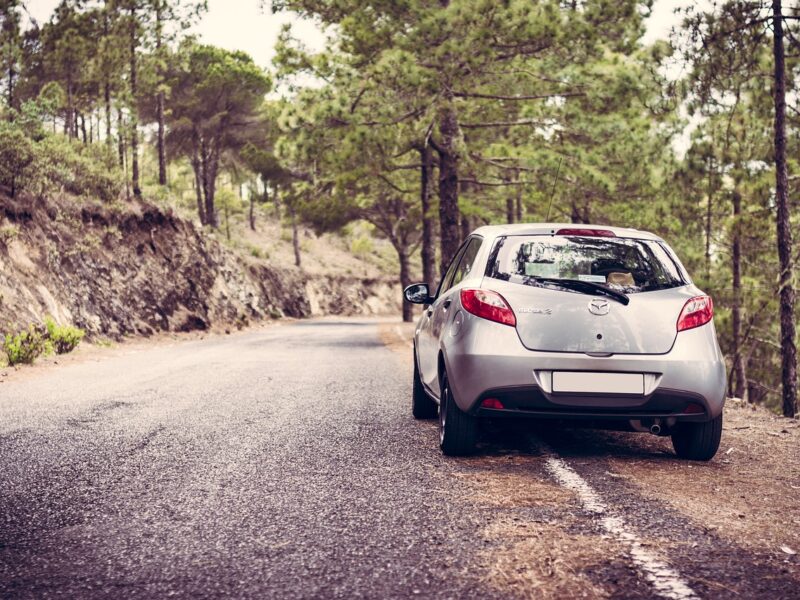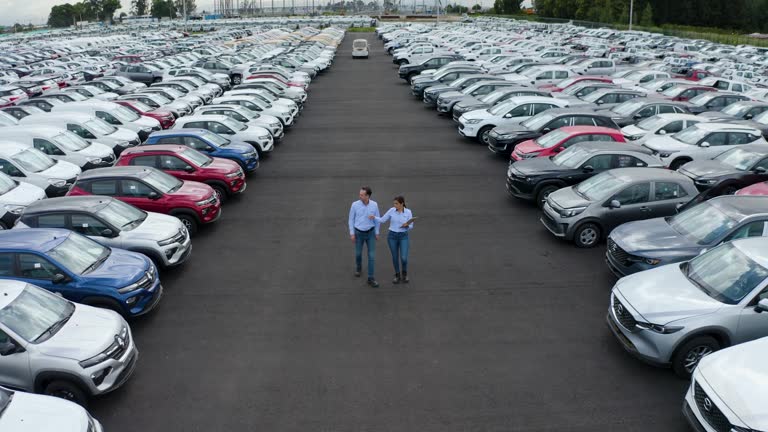Buying a car without part-exchange: the pros and cons
Not everyone has a car available. That is why it can be tricky to buy a car without part-exchanging. But what are actually the advantages and disadvantages of buying a car without part-exchange? And what is best for you? You’ll find out in this blog post.
Advantages of buying a car without part-exchange
- You can negotiate
- Fewer worries about your old car
- No emotional attachment to your old car
Disadvantages of buying a car without part-exchange
- Limited room for negotiation
- Getting your old car sorted might take time and cost money
- Lower returns if you sell to the dealer
But why are these actually advantages?
One of the biggest advantages is, of course, your bargaining power. If you’ve nothing to trade in, 9 times out of 10 you’ll have the chance to push the price down a bit. You could say, for example, the car wasn’t quite as expected, or there’s a scratch on it. Another big benefit is not having to worry about your old car. Maybe the engine isn’t in perfect technical condition and may need repairs. If you’re not trading anything in, you avoid these concerns. Many people feel attached to their old car, because of the memories or perhaps it belonged to a loved one. You don’t have these worries if you’re not trading a car in.
So why is this the downside?
If you choose to part-exchange your car when buying a new one, the dealer may not have much wiggle room left on the price for you. This is partly because you’re already handing something in, so you’re effectively getting a discount on your new car. Another option is simply to sell your old car privately, which usually means you’ll get more for it. A major disadvantage of part-exchanging is getting your old car ready. There could be technical issues which need fixing. Naturally, this takes time and money. And finally, a dealer will always offer you less than you’re expecting; after all, they have to make some profit too, which is understandable.
